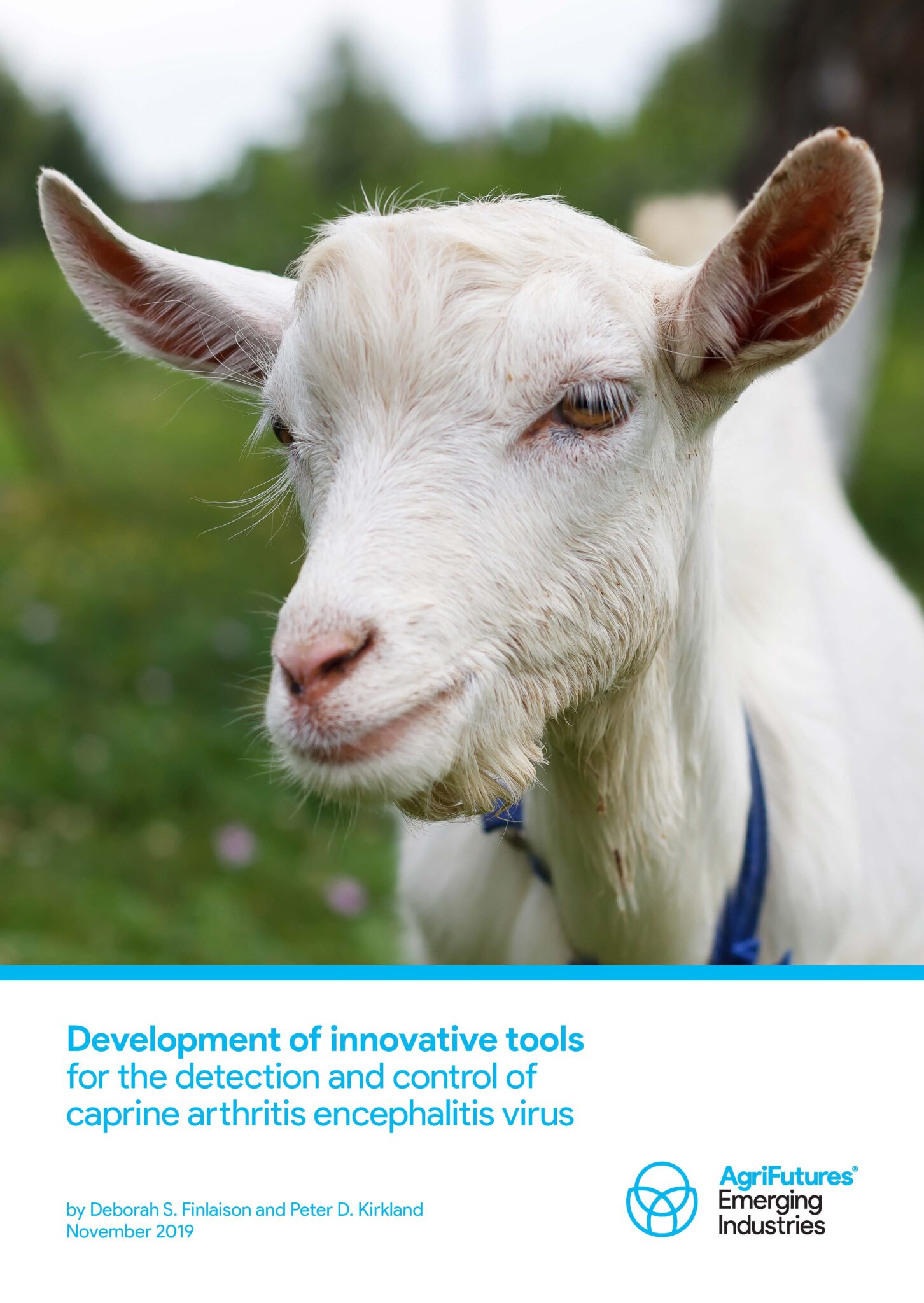Accelerating wattle seed production for the Australian native food industry
The Australian wattle seed (Acacia spp.) industry is poised for significant growth after the establishment of several commercial orchards in recent years. In 2020, about...

82 pages
Published: 16 Jul 2021
Author(s): Deborah S. Finlaison, Peter D. Kirkland
ISBN: 978-1-76053-190-4
Download report PDF
DownloadPurchase a hard copy - AUD $50
Caprine arthritis encephalitis (CAE) is an important disease in goats and can have a profound impact on dairy goat production. It usually presents as a slowly progressing, chronic debilitating disease of adult animals, but in some breeds severe, acute encephalitis may be encountered in kids at a very young age. CAEV infections can have a significant impact on animal welfare due to the chronic nature of the diseases that may develop (arthritis, pneumonia, mastitis), and economically results in decreased animal lifespan and production, premature culling and trade restrictions.
CAE was first recognised in Australia in the 1980s, and while the current prevalence is unknown, it is present in dairy herds in all states. It is considered that the proportion of infected herds may now be much lower than 20 years ago, but with a trend towards larger, more intensively managed herds, the individual animal prevalence could rise quickly. Accreditation programs run in some states, and along with eradication activities, are voluntary in nature and not nationally co-ordinated.
This report evaluates different diagnostic tests and sample types from naturally and experimentally infected animals to identify more cost-effective testing strategies that can be offered to the dairy goat industry in Australia. CAEV is an eradicable disease, and this research aims to support CAEV eradication at the individual herd and potentially national herd level.